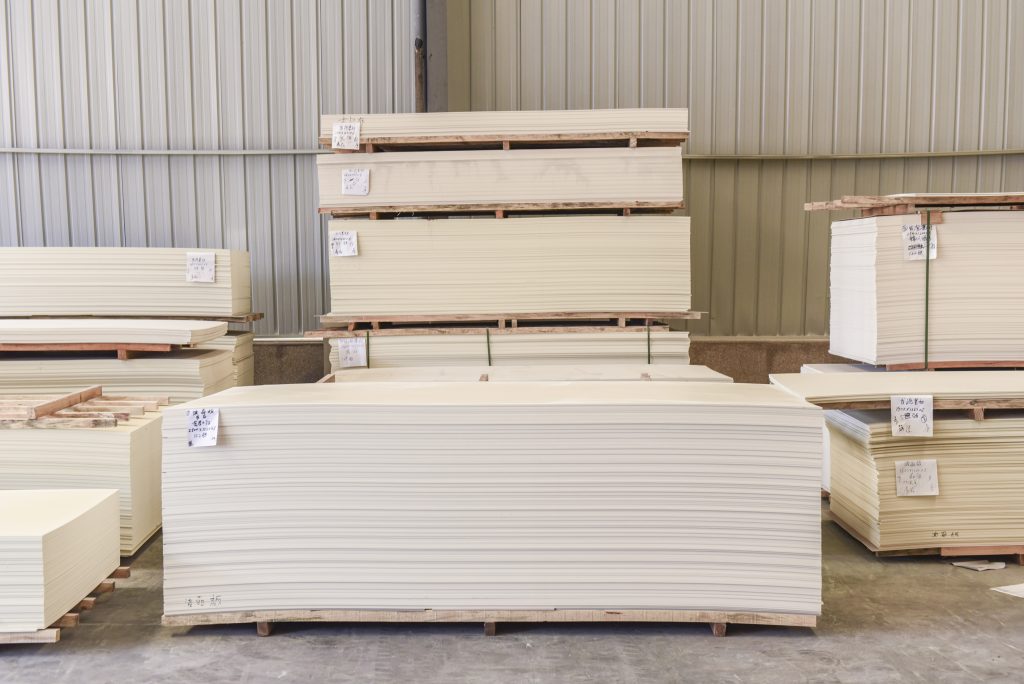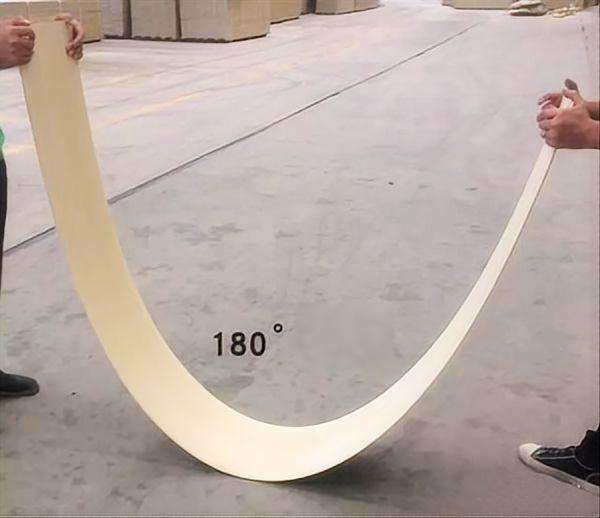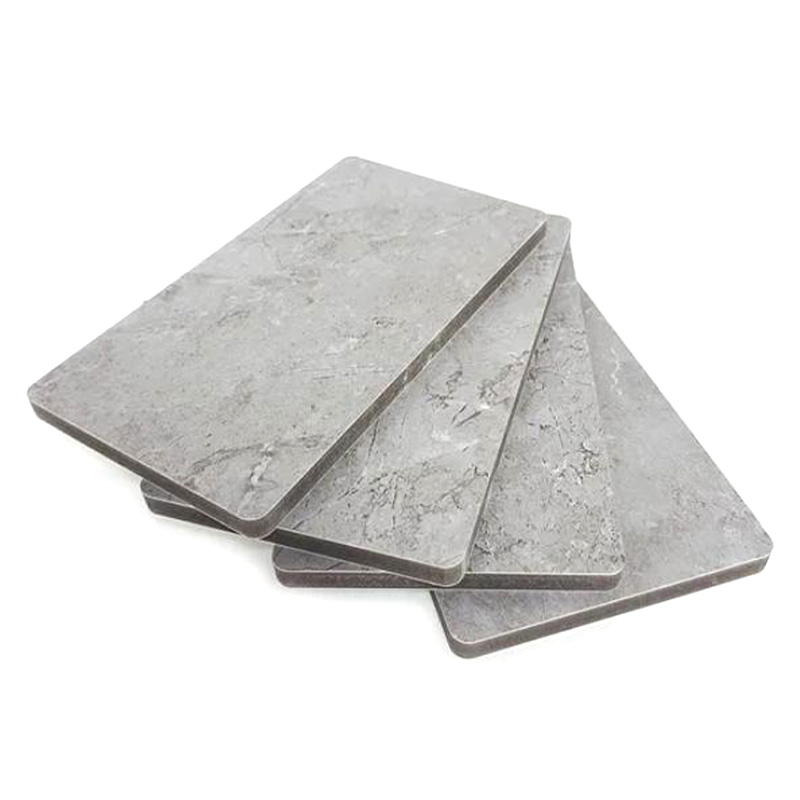How to Choose Bamboo Fiber Wall Panels?
Nowadays, bamboo fiber wall panels are increasingly favored and loved by the market. Consumers and investors have witnessed their outstanding performance, perfect decoration effect, and the convenience they offer. However, there are hundreds of manufacturers of bamboo fiber wall panels in the market, large and small. So, how can one choose the best wall panel manufacturer from them? Now I will give you a detailed introduction on how to choose bamboo fiber wall panels.
Table of Contents
1. Observe The Appearance
First, look at the color. High-quality bamboo and wood fiberboard is produced with brand-new materials. The back color is light yellow, the original color of bamboo and wood, with a certain degree of luster and no scattered red, black, blue or other impurities. Poor-quality wall panels are produced from recycled waste materials, resulting in a pale color. The proportion of calcium powder is too high, approaching that of stone plastic wall panels, or the color appears dark coffee or green. The content of formaldehyde and lead may seriously exceed the standard. Some manufacturers, in order to cover up the fact of adding recycled materials, add dyes to it, which will present a deep yellow or other colors to mislead consumers.

Secondly, check the flatness and smoothness of the wall panels. High-quality bamboo and wood fiberboards produced from brand-new materials have a smooth and flat surface, uniform color, no black spots, no protrusions, and no pits. The inferior wall panels made from recycled waste materials have a rough and uneven surface, lack luster, have many black spots and impurities, and are full of pits.
In addition, the basic structure of the wall panels should also be considered: the thickness is generally 7 to 12mm, with 9mm being the most suitable thickness. If it is too thick, it will be rather heavy and lack flexibility, which is not conducive to installation and service life. If it is too thin, its compressive resistance will be poor and it is prone to damage. The grooves on the back of the wall panels are generally 2mm deep. If there are no grooves on the back or the thickness does not meet the requirements, it will cause arching deformation due to thermal expansion and contraction. The spacing and size of the sound insulation holes in the middle of the wall panels are also very important. If they are too small, the sound insulation and heat preservation effect will not be ideal. If they are too large, the compressive resistance of the wall panels will not be good, and the toughness will also be poor. Therefore, good materials can not only achieve sound insulation and heat preservation effects, but also do not affect the compressive performance of the wall panels. The co-extruded edge structure is adopted. The high-quality and qualified wall panels have tight joints without any height differences and are flat. After the male and female grooves are spliced, they can be moderately loosened and adjusted in position. Poor-quality wall panels may have quality problems such as tight ends but gaps in the middle. In severe cases, they can cause unevenness and large height differences after being installed on the wall, seriously affecting the appearance. High-quality bamboo and wood fiberboards can be directly fixed with air nails or installed with clips, and the slots are relatively deep. In contrast, inferior wall panels cannot be fixed with air nails and the slots are also very shallow.

2. Smell The Odor
The bamboo and wood fiberboard produced from high-quality new materials has a faint bamboo and wood fragrance that is not pungent. Poor-quality wall panels have a pungent plastic smell or other foul odors. Take a small sample and burn the back of the wall panel with a lighter. For brand-new material: After burning, it appears blackish with a hint of yellow. The burned periphery becomes soft when pressed, just like the softening of plastic. After removing the lighter, the flame will go out automatically, and it has a certain flame-retardant function. Poor-quality wall panels turn dark brown after being burned, accompanied by thick smoke and a very pungent smell.
3. Observe Density By Soaking In Water
Fill a large bucket with water, put a small sample in it and throw it into the water. Make sure the hole in the middle is also filled with water. A good wall panel will slowly rise or float in the water. Poor-quality wall panels rise quickly or sink slowly. A fast rising speed indicates high foaming, low density, and a large contraction ratio due to thermal expansion and contraction. After being installed on the wall, large cracks will appear. If it sinks, it indicates that there is too much calcium powder, low foaming, poor toughness and easy breakage. Generally speaking, a weight of 5Kg per square meter is appropriate, with a tolerance of within 0.2. Products exceeding the positive tolerance usually have excessive calcium powder content, while those below the negative tolerance are generally recycled products.
4. Bending to Check Toughness
Bending is the best way to test the flexibility of bamboo and wood fiberboard. A 3-meter-long wall panel was bent for a test. If it can be bent exactly 180 degrees, it indicates that both its flexibility and hardness have reached the optimal state. If the degree is below 180, it indicates that the flexibility is relatively low and the hardness is relatively high; if it exceeds 180, the flexibility is relatively high and the hardness is relatively low. Whether it is too large or too small, it will lead to an inappropriate shrinkage ratio, and cracks will occur after installation on the wall, affecting the appearance. When installing the wall panels in the exhibition hall, check if there are any right-angled corners. High-quality wall panels can be folded at right-angled corners, while low-quality ones will crack when folded at right-angled corners.

5. Environmental Friendliness From The Perspective of Glue And Film Coating
Adhesives are generally two-component adhesives, with the corrosive agent content usually ranging from 7% to 8%. Poor-quality adhesives have a corrosive agent content of over 15%. The higher the corrosive agent content, the greater the damage to the substrate and film, and the shorter the overall service life of the product. The thickness of the film is generally 14 to 16 ° C. A film of 12 ° C is prone to revealing the base color and texture of the substrate. The male and female grooves of a film of 18 ° C will be very tight when joined together. Due to the coefficient of thermal expansion, a certain degree of looseness is required. The quality of the glue and the film can be identified by manually tearing off the film. Good glue and good film. When tearing, the film can definitely be removed, but it requires a certain amount of force to do so. Poor-quality glue and poor-quality film. The film cannot be torn off as a whole; only a small piece can be removed. This is because the film has been damaged by the corrosive agent of the glue, and the adhesion only relies on the corrosive agent of the glue to corrode the film and the substrate, generating a strong grip. The thermal expansion and contraction caused by air conditioning in winter and summer can lead to the scratching force of the corrosive agent breaking the substrate, resulting in bubbling or delamination.
It is the lamination process that truly determines the environmental friendliness of the wall panels! There are mainly two laminating processes. One is the cold glue process: the single-component glue used is in liquid form and has a pungent glue smell. Workers manually pour the glue into the grooves, then roll on the decorative pieces and stick them onto the surface of the wall panels. Single-component glue has a stronger corrosive effect on the bonded materials. Therefore, when using single-component glue to cover wall panels, there is no need to heat the glue. It has no requirements for climate and temperature and humidity, but its environmental friendliness is the worst. The glue solvent contains a large amount of chemical components, and the formaldehyde content seriously exceeds the standard! Another type is: hot melt adhesive process: The PUR hot melt adhesive is usually used. PUR hot melt adhesive is solid in itself and needs to be heated by equipment before being conveyed through a conduit to the extrusion port to the decorative sheet. It contains no solvents at all and is truly a zero-formaldehyde glue.
6. Check The Quality Inspection Report and Labels
High-quality and qualified bamboo and wood fiberboard, with a quality inspection report that meets national quality inspection standards. On the back of each board, there is the LOGO of the manufacturer and the production date. On the outer packaging, there is a product qualification certificate, including the product name, model, manufacturer’s address, website and other information. If there is no label or the label information does not match the manufacturer’s information, it is a “three-no” product or a counterfeit and inferior product, which will make it difficult to track down any problems that occur later.
Summary
When choosing bamboo fiber wall panels, you need to first clarify your decorating needs (such as the intended area, budget, and style). Only by comprehensively considering quality, environmental friendliness, and practicality can you choose bamboo fiber siding that is both beautiful and durable, while also meeting your home’s health needs, creating a comfortable and safe living environment for your family.
Huigong Machinery specializes in the production of decorative panels and can customize bamboo fiber wall panels. Welcome to inquire.




